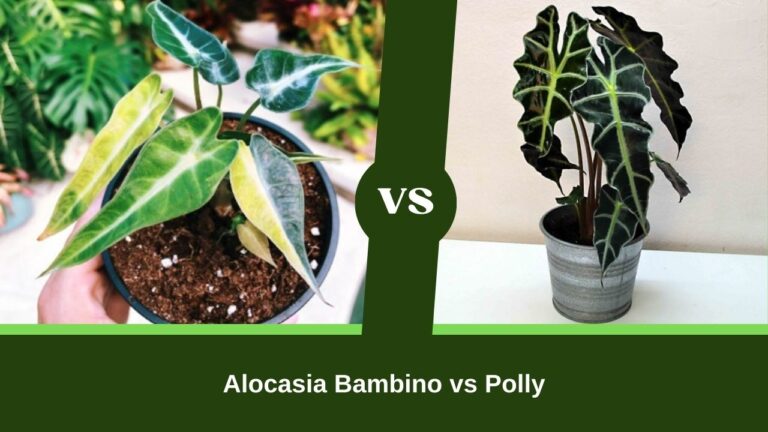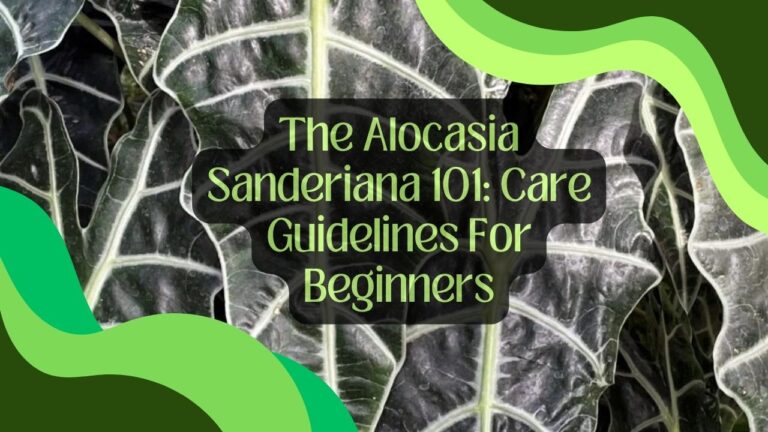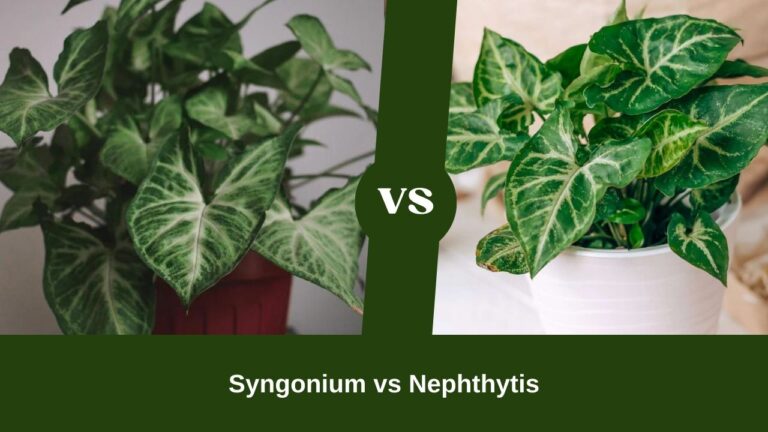Discover All the Syngonium Wendlandii Care Tips
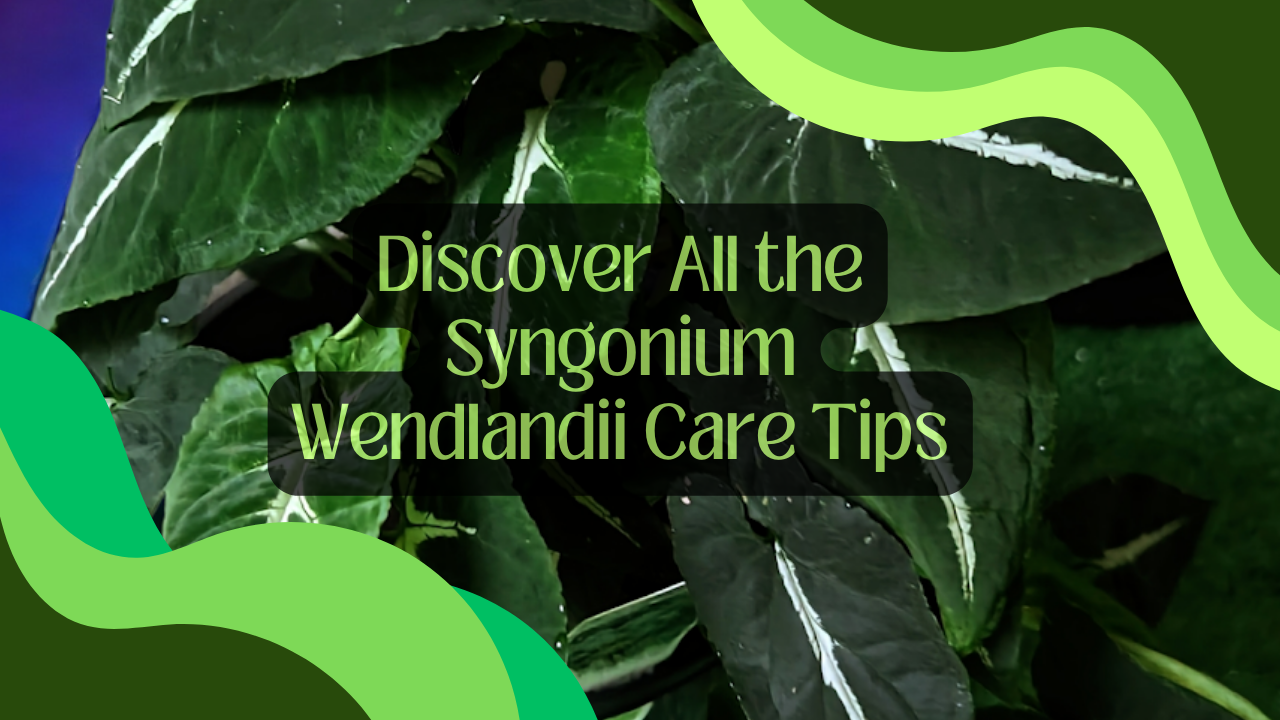
Have you fallen for the captivating beauty of the Syngonium Wendlandii? This tropical wonder boasts attractive, arrowhead-shaped leaves with intricate patterns. But how do you keep this beauty thriving indoors?
Thriving Syngonium Wendlandii requires consistent moisture in well-draining soil, with light drying in between. Bright, indirect light is key, so skip the harsh sun. Opt for a pot with good drainage or create your own mix for both drainage and moisture. Feed it diluted fertilizer during spring and summer. Regularly groom and provide extra humidity to mimic its tropical roots.
This guide unlocks the secrets to Syngonium wendlandii’s success. We’ll cover watering, lighting, soil, and maintenance, all backed by expert advice.
A Glimpse into the Syngonium Wendlandii
Let’s take a look at this Syngonium variety.
| Aspect | Description |
| Habitat | Native to tropical regions of Central and South America |
| Growth Habit | Evergreen, climbing vine or trailing plant |
| Plant Type | Herbaceous perennial |
| Foliage | Attractive, arrowhead-shaped leaves with intricate patterns |
| Mature Size | Vines can reach up to 6 feet long |
| Toxicity | Mildly toxic to pets if ingested |
How to Care for Syngonium Wendlandii?
Here’s how to take care of your Syngonium Wendlandii plants.
Watering
Proper watering is essential for the well-being of your Syngonium Wendlandii. These plants thrive in consistently moist, well-draining soil.
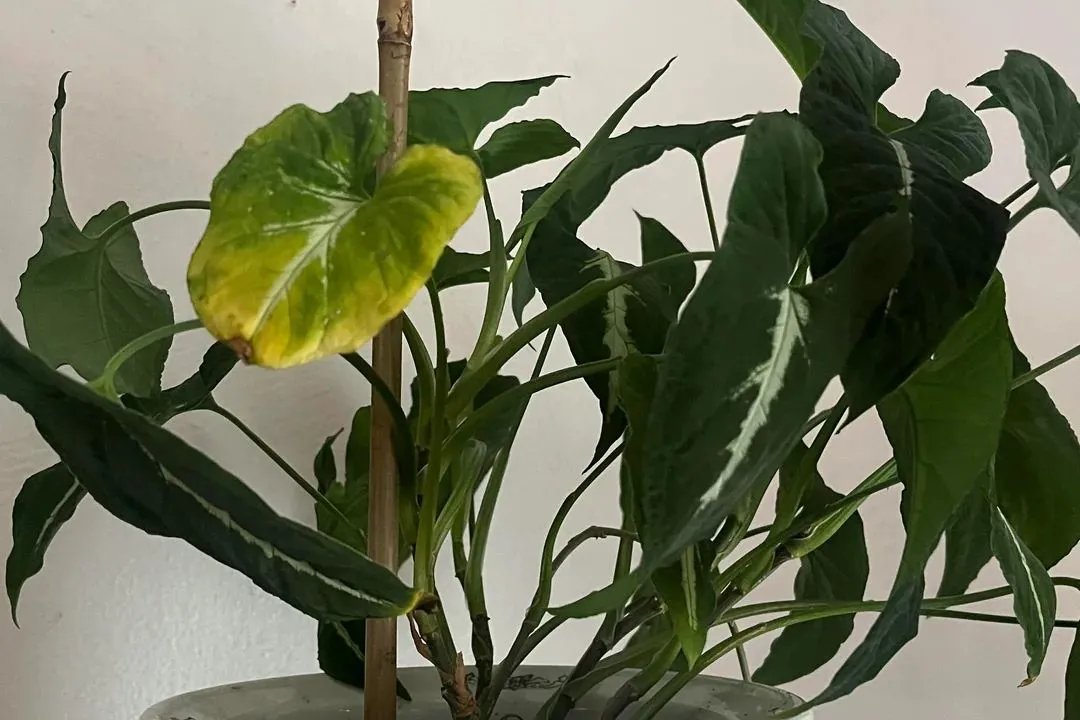
Water them thoroughly, allowing the soil to dry out slightly between waterings. Avoid letting the plant sit in standing water, as this can lead to root rot and other issues.
Lighting
Syngoniums need bright, indirect light. Direct sunlight can scorch their delicate leaves, so it’s best to provide them with dappled or filtered sunlight.
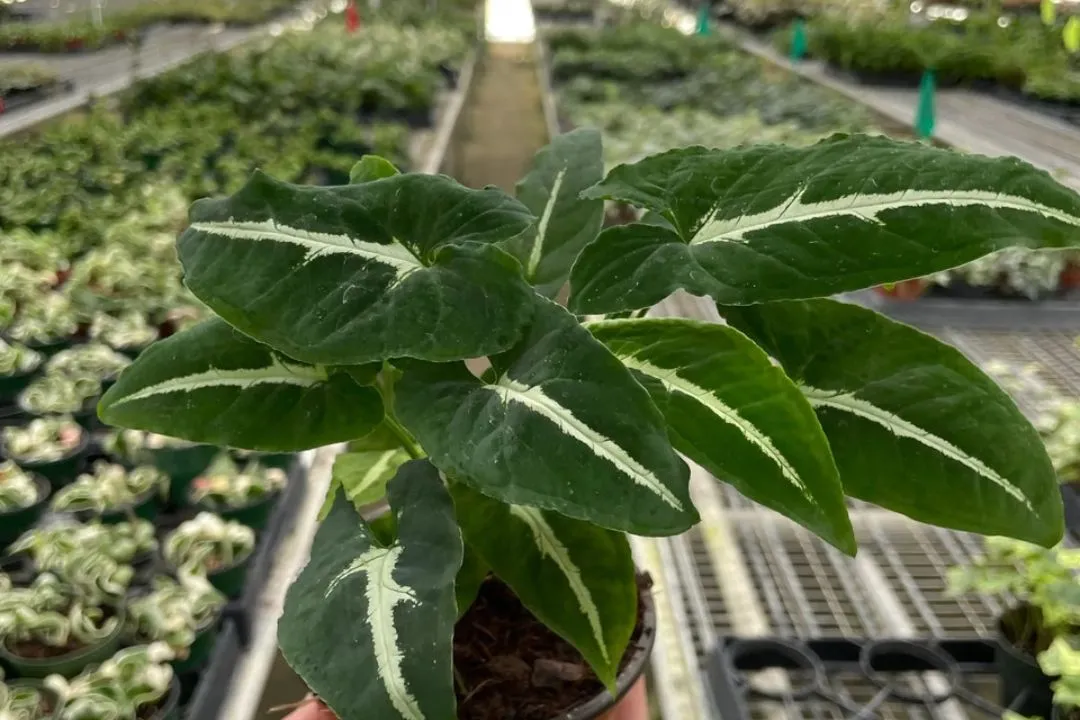
East or north-facing windows are ideal locations for these tropical beauties. If you notice leggy growth or faded leaf patterns, it’s a sign that your plant needs more light.
Soil Requirement
The key to Syngonium wendlandii’s soil is good drainage. A good mix will allow excess water to drain away, preventing root rot.

While drainage is crucial, the mix should also retain some moisture to keep the plant hydrated between waterings.
Here are some options.
- Pre-made potting mix: Look for a commercial “indoor potting mix” or “aroid mix.” These are often formulated for plants with similar needs to Syngonium wendlandii.
- DIY potting mix: You can create your own mix by combining ingredients like:
- Potting soil
- Perlite (for drainage)
- Orchid bark (for drainage and aeration)
- Coco coir (for moisture retention)
The specific ratio will depend on the ingredients you choose. It’s best to research recipes online or consult a gardening expert for the perfect mix for your plant.
Fertilizer: A Balanced Diet
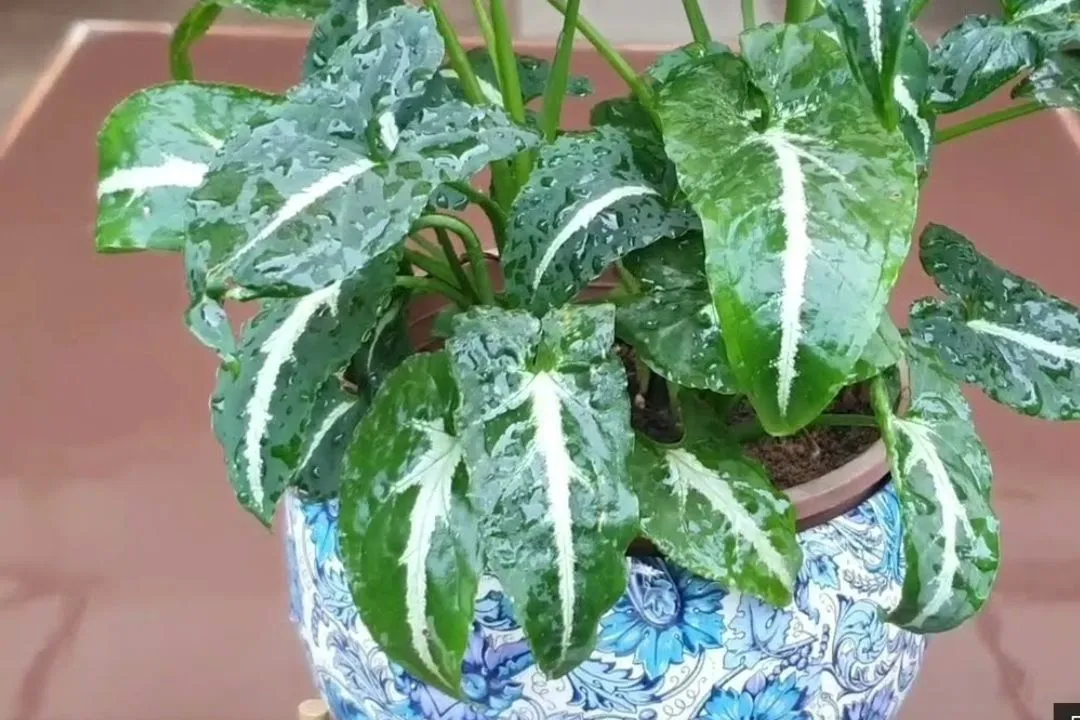
Like any plant, your Syngonium Wendlandii will benefit from regular feeding. Apply a balanced, water-soluble fertilizer every two to four weeks during the growing season (spring and summer). Dilute the fertilizer to half the recommended strength to avoid burning the roots.
Extended Maintenance

Regularly groom your Syngonium Wendlandii by removing any dead or damaged leaves. This not only enhances its appearance but also promotes healthy growth. Additionally, wipe the leaves with a damp cloth to remove dust and prevent pests.
Humidity (Recreate a Tropical Oasis)
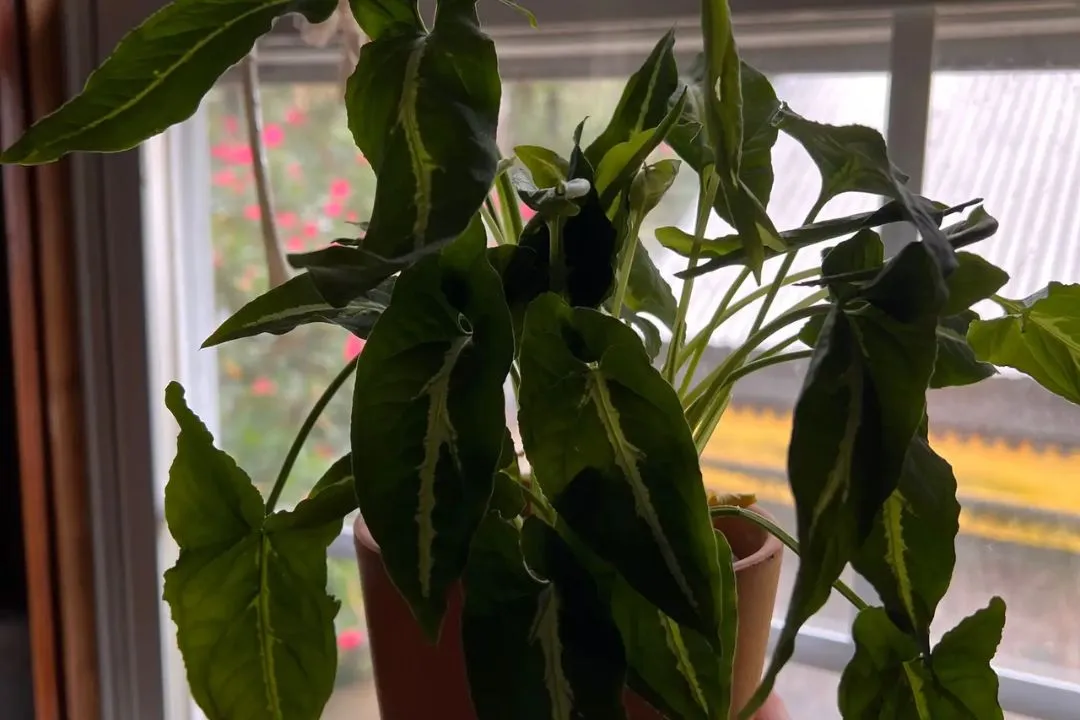
Syngoniums thrive in humid environments, reminiscent of their native tropical habitats. To maintain optimal humidity levels, consider using a pebble tray filled with water or invest in a humidifier.
Misting the leaves can also help increase humidity around the plant.
Pruning, Repotting, And Propagation for Syngonium Wenlandii
In this section, we’ll be talking about the most important care tips for your Syngonium. Let’s have a walk through the expert tips on pruning, repotting, and propagation.
Pruning (Shaping and Encouraging Growth)

Regular pruning is essential for keeping your Syngonium Wendlandii tidy and promoting new growth. Prune away any leggy or overgrown stems, as well as any discolored or damaged leaves.
This will encourage the plant to produce new, healthy foliage and maintain its attractive shape.
Repotting
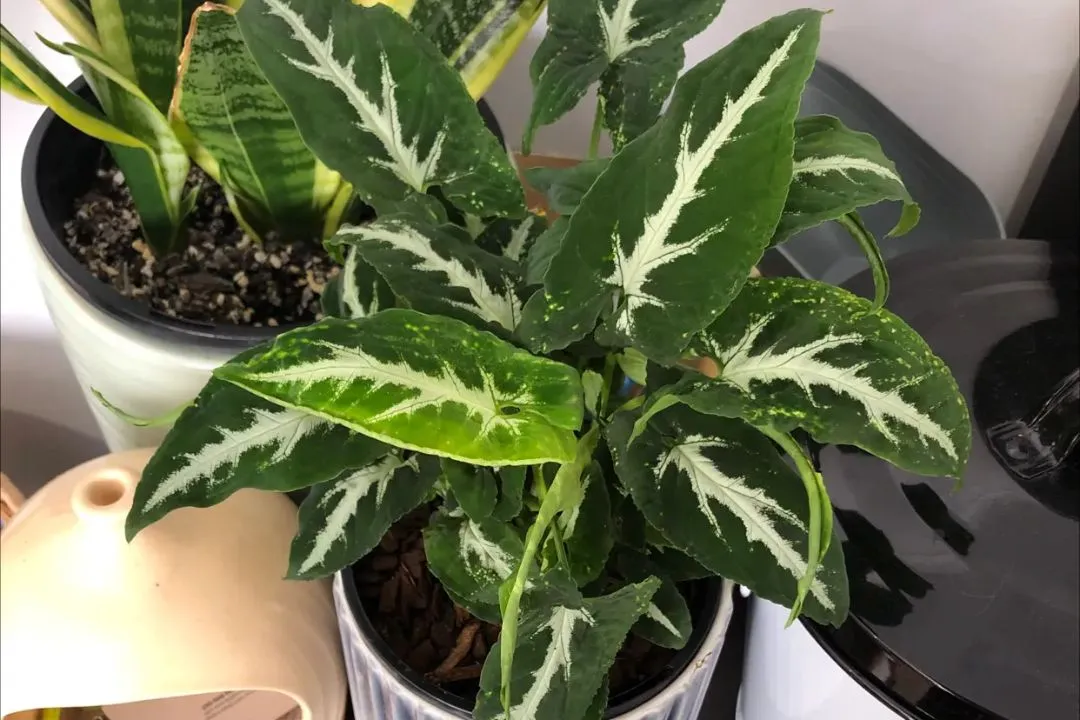
As your Syngonium Wendlandii grows, it may outgrow its current pot. Repot it every two to three years in the spring, using a slightly larger container and fresh potting mix. This will provide the plant with ample room for its expanding root system.
Propagation: Multiplying the Beauty
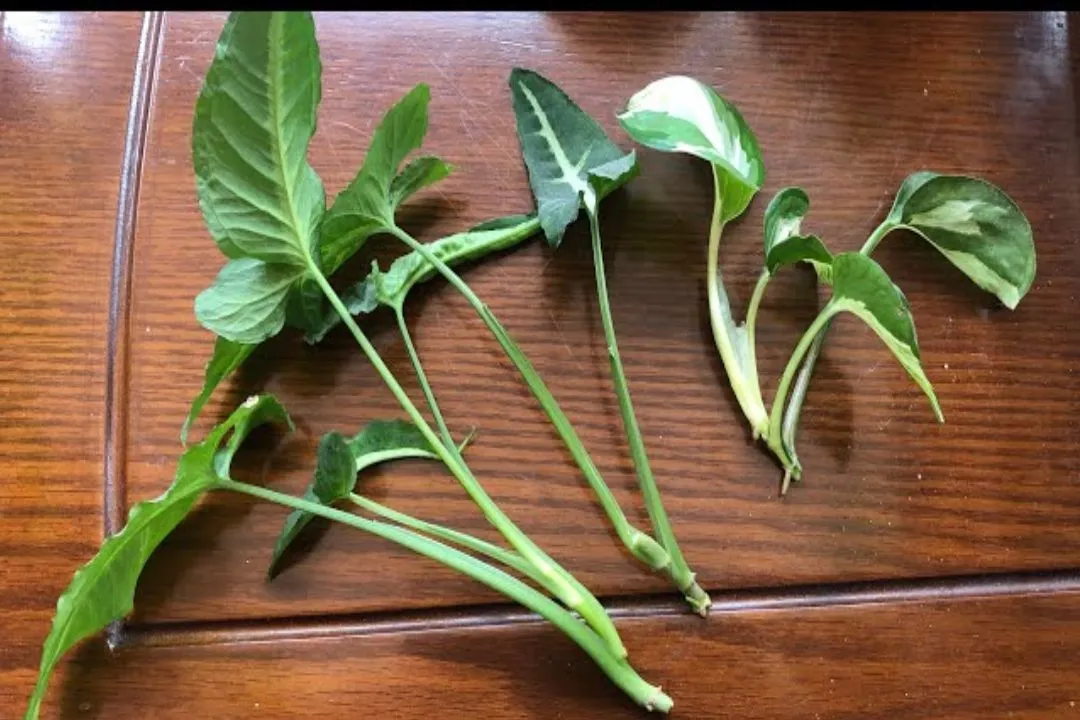
Syngoniums can be easily propagated through stem cuttings or division. Take stem cuttings with a few nodes and root them in water or a well-draining potting mix. Alternatively, divide the plant during repotting, separating the offshoots from the mother plant and potting them individually.
Are Syngonium Wendlandii Toxic to Pets?
Yes, Syngonium wendlandii is toxic to pets, including cats and dogs. Just like its close relative, the Syngonium podophyllum (commonly called Arrowhead Vine), Syngonium wendlandii contains insoluble calcium oxalate crystals. These crystals can irritate the mouth, tongue, and throat if ingested by your pet.
Here are some possible symptoms of Syngonium wendlandii poisoning in pets:
- Oral irritation, pain, and swelling
- Excessive drooling
- Difficulty swallowing
- Vomiting (not in horses)
If you suspect your pet has ingested any part of the plant, it’s important to contact your veterinarian or animal poison control center immediately.
FAQs
Here are some Q&A for a better understanding in this matter. Hope these will help!
Q: Can I grow Syngonium Wendlandii outdoors?
While these plants can be grown outdoors in warm, humid climates (USDA hardiness zones 10-11), they are typically grown as houseplants in most regions.
Q: Why is my Syngonium Wendlandii not growing new leaves?
Lack of new growth can be caused by various factors, including improper lighting, temperature fluctuations, or nutrient deficiencies. Ensure the plant receives adequate light, consistent warmth, and regular fertilization during the growing season.
Conclusion
Thriving with a little TLC, your Syngonium wendlandii will bring the tropics right to your living room for years to come! Its one-of-a-kind leaves and bright colors are sure to make it a star in your houseplant collection.



